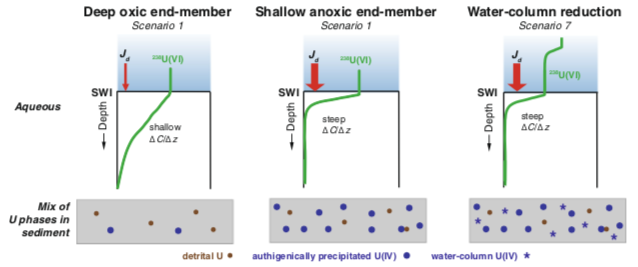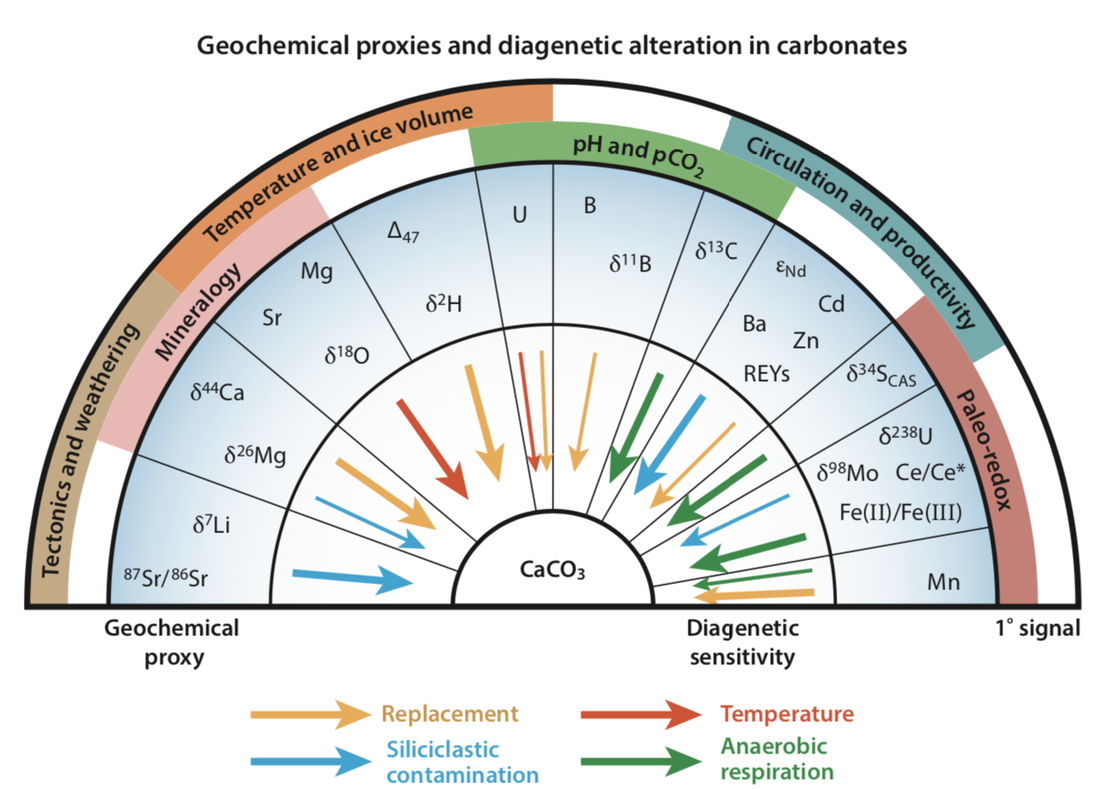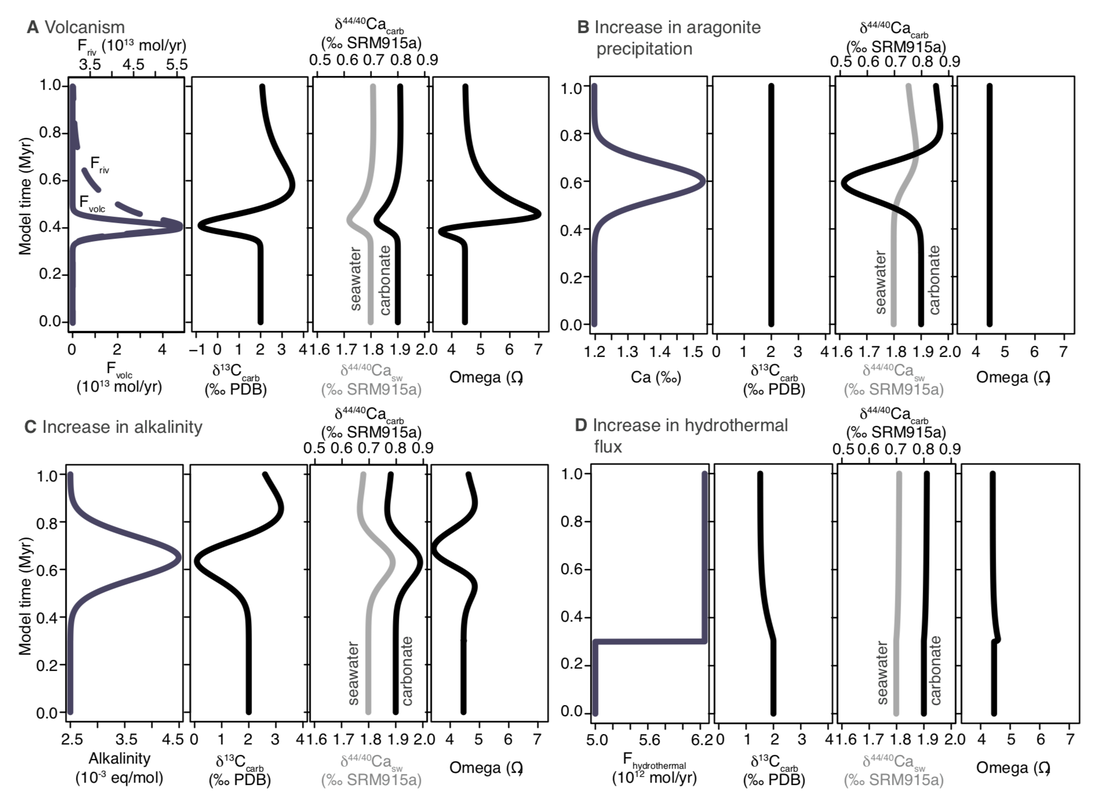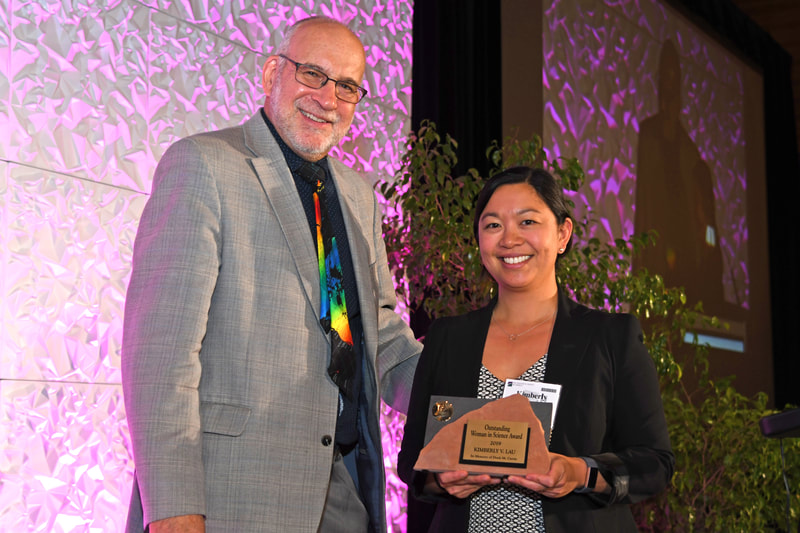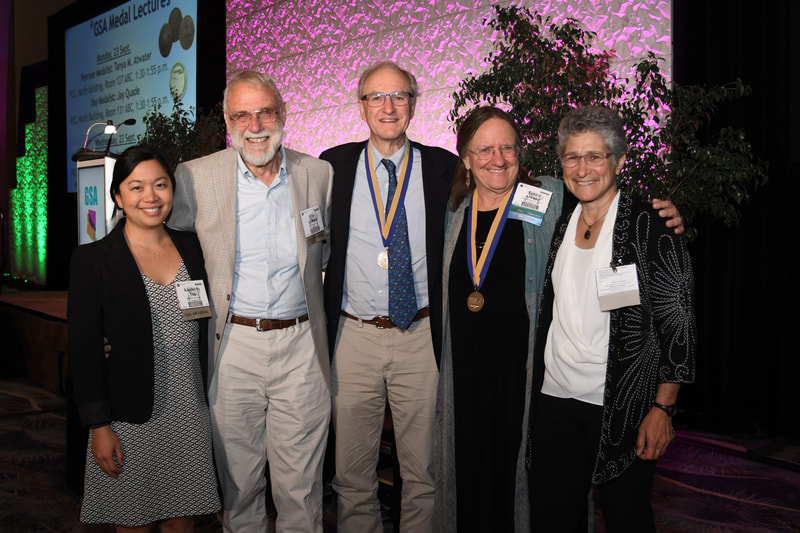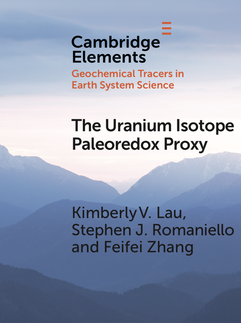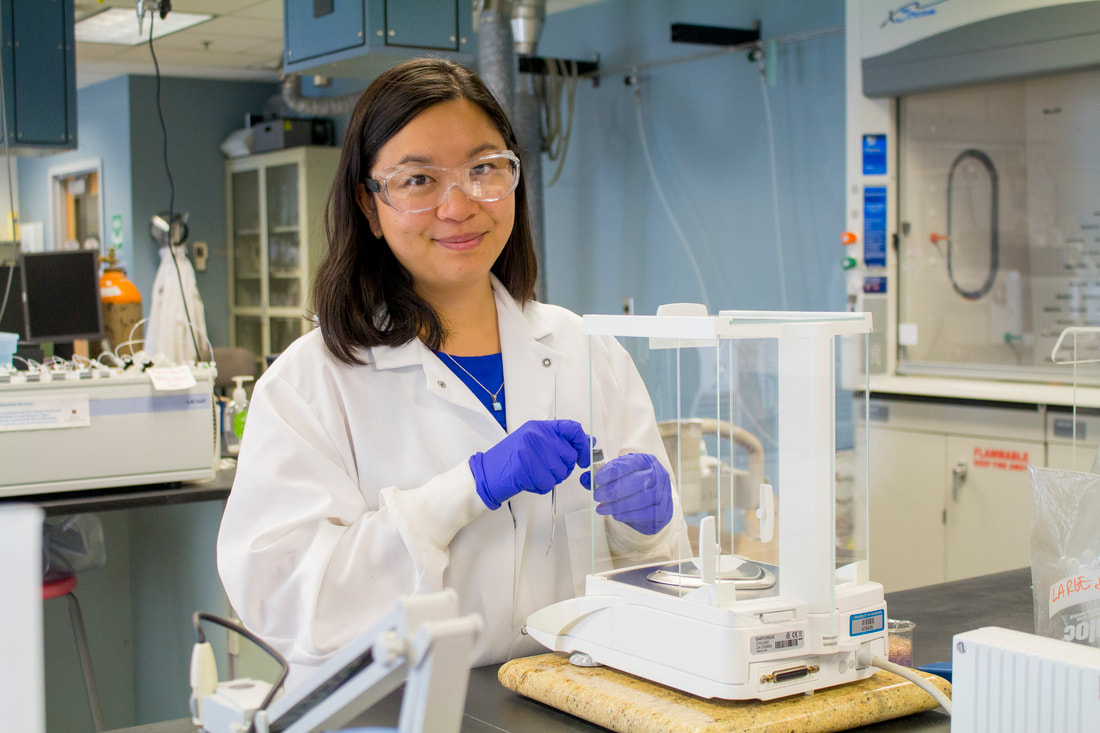|
Today's special issue in Geochimica et Cosmochimica Acta has two publications to highlight. The first is a reactive transport model of uranium isotopes in marine reducing environments that was started as a Ph.D. project and completed as part of my postdoc: Uranium reduction and isotopic fractionation in reducing sediments: Insights from reactive transport modeling. The model allows us to explore the important depositional factors that ultimately control seawater uranium isotopes. Check out the figure below and download the PDF here.
Feifei Zhang and colleagues also have published a review on the uranium isotope proxy in carbonates, titled Uranium isotopes in marine carbonates as a global ocean paleoredox proxy: A critical review. You can download the PDF here.
0 Comments
I am so pleased to welcome Kaitlin Taylor (M.S. student) and Fai (Watsawan) Chanchai (Ph.D. student) to the group. Kaitlin and Fai join Bri McMaster Smith, a B.S. candidate from the University of Wyoming who has been an undergraduate researcher in the lab for the past year. I am excited for all of the science to come!
This summer, I will be starting a new position as an Assistant Professor in the Department of Geosciences at Penn State. I will miss my friends, colleagues, and students at the University of Wyoming very much. I had a fun, supportive, and wonderful time in Laramie for a year and a half. I am looking forward to building my lab group and research at Penn State. Friends and colleagues, please let me know if you are ever in the area -- still just off of I-80!
I am a co-author on a comprehensive review on the role of diagenesis on the geochemistry of the carbonate record. Thanks to Matt Fantle for leading this effort and for including me, and to Ben for a fun collaboration! I learned a lot from this deep dive into the history of carbonate diagenesis and evolution of the thinking on this topic. Please visit this link for a copy.
I had a wonderful time earlier this semester visiting friends and chatting with colleagues at Michigan State and the USGS in Denver. Thanks to Dalton Hardisty and Leanne Hancock for hosting me and for the pizza party in Michigan! Thanks to Sam Johnstone and Leah Morgan for the invitation, and to Lauren Shumaker, Theresa Schwartz, and Matt Thomas for the fun dinners and chats!
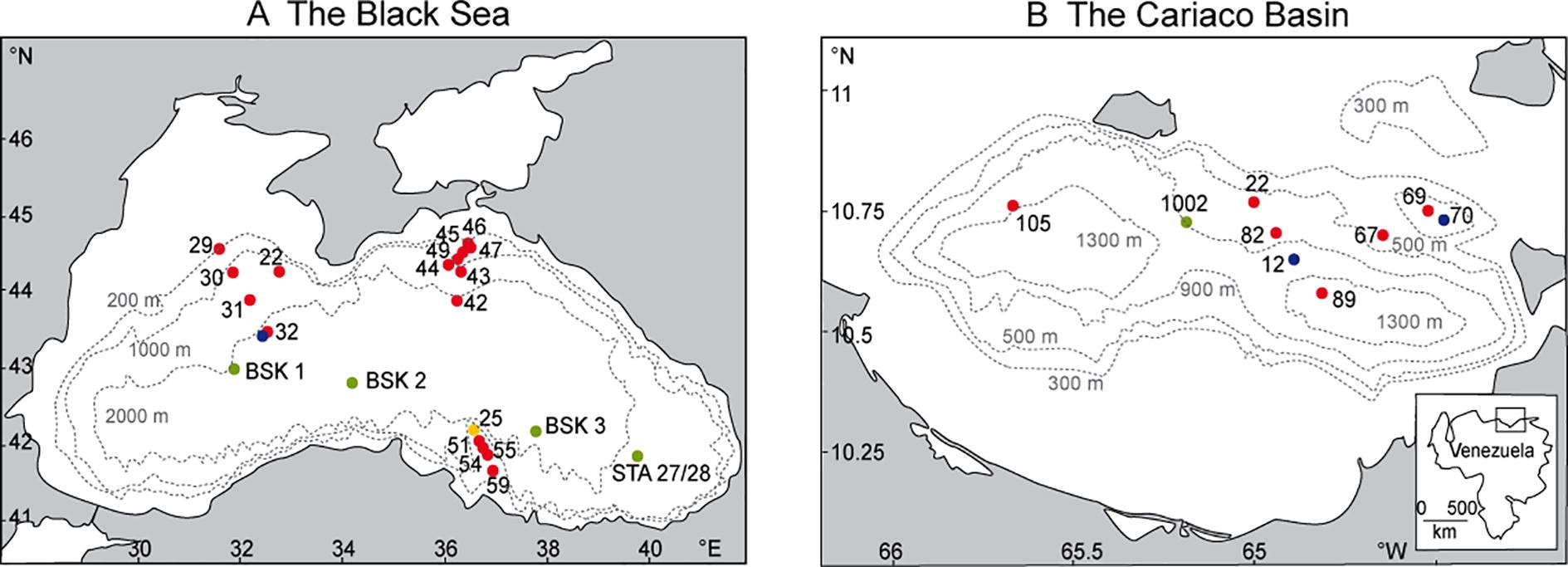 Congrats to Annika Bruske of the University of Hanover for leading this great paper published in Geochimica et Cosmochimica Acta, titled 'Correlated molybdenum and uranium isotope signatures in modern anoxic sediments: Implications for their use as a paleo-redox proxy,' with new data from two classic euxinic basins! Link here: https://www.sciencedirect.com/science/article/pii/S0016703719307392 I have had a fun Fall semester. In addition to attending GSA to receive the Doris M. Curtis Outstanding Woman in Science Award (photos below), I gave department seminars at Penn State and the University of Toronto, where I got to catch up with friends and colleagues from my time as a postdoc at UC Riverside. I recently returned from a quick AGU, where I presented a talk an invited talk on 'Extreme Climate, Carbon, and Continents: Quantifying Earth system feedbacks in the late Paleozoic' -- research that has long been in the works, and in collaboration with friends Dan Ibarra (UC Berkeley/Brown), Tyler Kukla (Stanford), and Jeremy Caves Rugenstein (MPI-Met and CSU). Very glad to see it come together, and excited about the positive feedback! You can read the abstract here.
I am very honored to receive the Doris M. Curtis Outstanding Woman in Science Award from GSA. Thanks to GSA; my nominators, Jon Payne, Kate Maher, Tim Lyons, and Francis Macdonald; and my many co-authors and collaborators that I have worked with for my dissertation research, for other papers in graduate school, and projects that I started as a postdoc and since--research really is a team effort! I am thrilled, and excited to keep the momentum going.
Photo credit: Priscilla Wigington, UW |
Archives
May 2023
|
